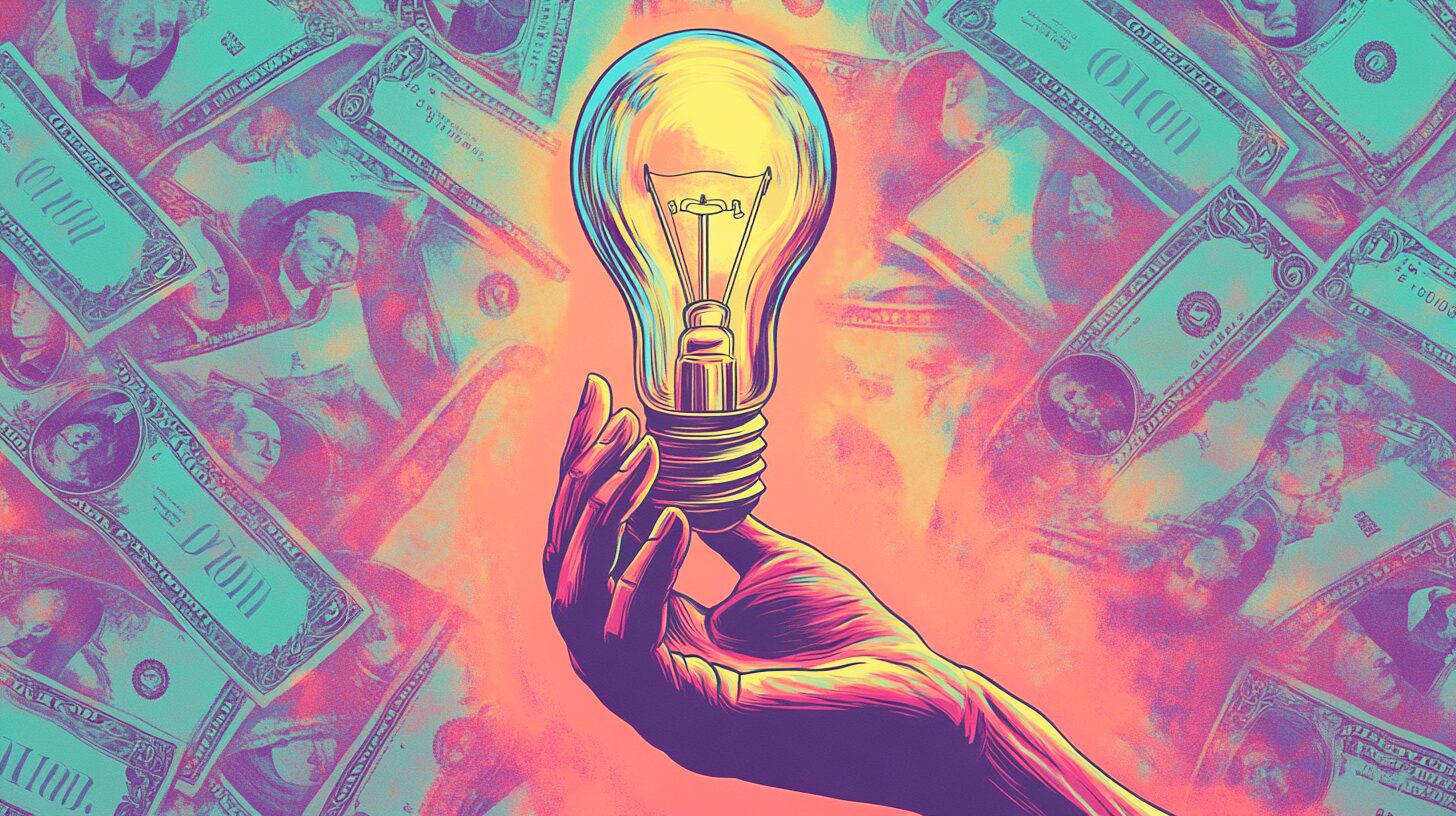Summary: From fire and candles in the past to LEDs and solar panels in the present, artificial light has been a pivotal factor in human civilization and well-being. This article explores the unprecedented surge in the availability of affordable and reliable light around the world, encouraging readers to acknowledge and celebrate the advancements made despite the challenges that remain.
Economics professor Deirdre McCloskey has said the Great Enrichment from 1800 to the present increased per capita incomes by 3,000 percent. She is being conservative. An index of 26 basic commodities found that abundance increased by 5,762 percent.
Measured in time prices, which are the hours and minutes it takes to earn enough money to buy something, many prices have dropped by 99 percent. A 99 percent decrease means the time it took to earn the money to buy one item will now get you 100, or 9,900 percent more. From 1850 to 2018, the abundance of rye, tea, and rice increased 9,840 percent, 10,552 percent, and 11,049 percent, respectively, for blue-collar workers. Nickel abundance increased 18,046 percent, and sugar increased 22,583 percent.
The one commodity that has exceeded them all in increasing abundance appears to be light. Nobel prize-winning economist William Nordhaus reported that earning enough money to buy one hour of light in 1830 required around three hours of labor. Today with advanced LED technology, one hour of light costs less than 0.16 seconds. This represents a 6,749,900 percent increase in personal light abundance.
Calculating Changes in Global Resources
Calculating the size of a global resource pie can be done by multiplying the resource abundance (how much of a resource one hour of labor will buy) by the population size. Comparing these pies at different points in time will reveal changes in abundance. One can simplify the analysis by indexing personal resource abundance and population to a value of one in the start year.
Let’s look at light abundance. Personal light resources increased from an indexed value of one in 1830 to 67,500 in 2020. Over this same period, the global population increased 550 percent from 1.2 billion to 7.8 billion. Indexing population to a value of one in 1830 would indicate a value of 6.5 in 2020. Multiplying 67,500 by 6.5 would put the 2020 global light resource pie at a value of 438,750. This represents a 43,874,900 percent increase from 1830’s value of one. Light has been increasing at a compound annual growth rate of around 7 percent over the last 190 years. At this rate, light abundance doubles every ten years.
Resource Elasticity of Population
In economics, elasticity compares the percentage change in one variable against the percentage change in another. From 1830 to 2020, the global light resource abundance increased by 43,874,900 percent. During this same period, the population increased by 550 percent. Dividing 43,874,900 by 550 is 79,773. Every one percent increase in population corresponds to a 79,773 percent increase in global light abundance. We have experienced an exponential efflorescence of illumination.
The next time you turn on a light switch, please take a moment to appreciate the free and creative people who toiled to bring us out of the darkness. Compared to the abundant light of our world today, all of our ancestors really did live in the dark ages.
This excerpt from our forthcoming book, The Age of Superabundance, was originally published on Gale Pooley’s Substack.





